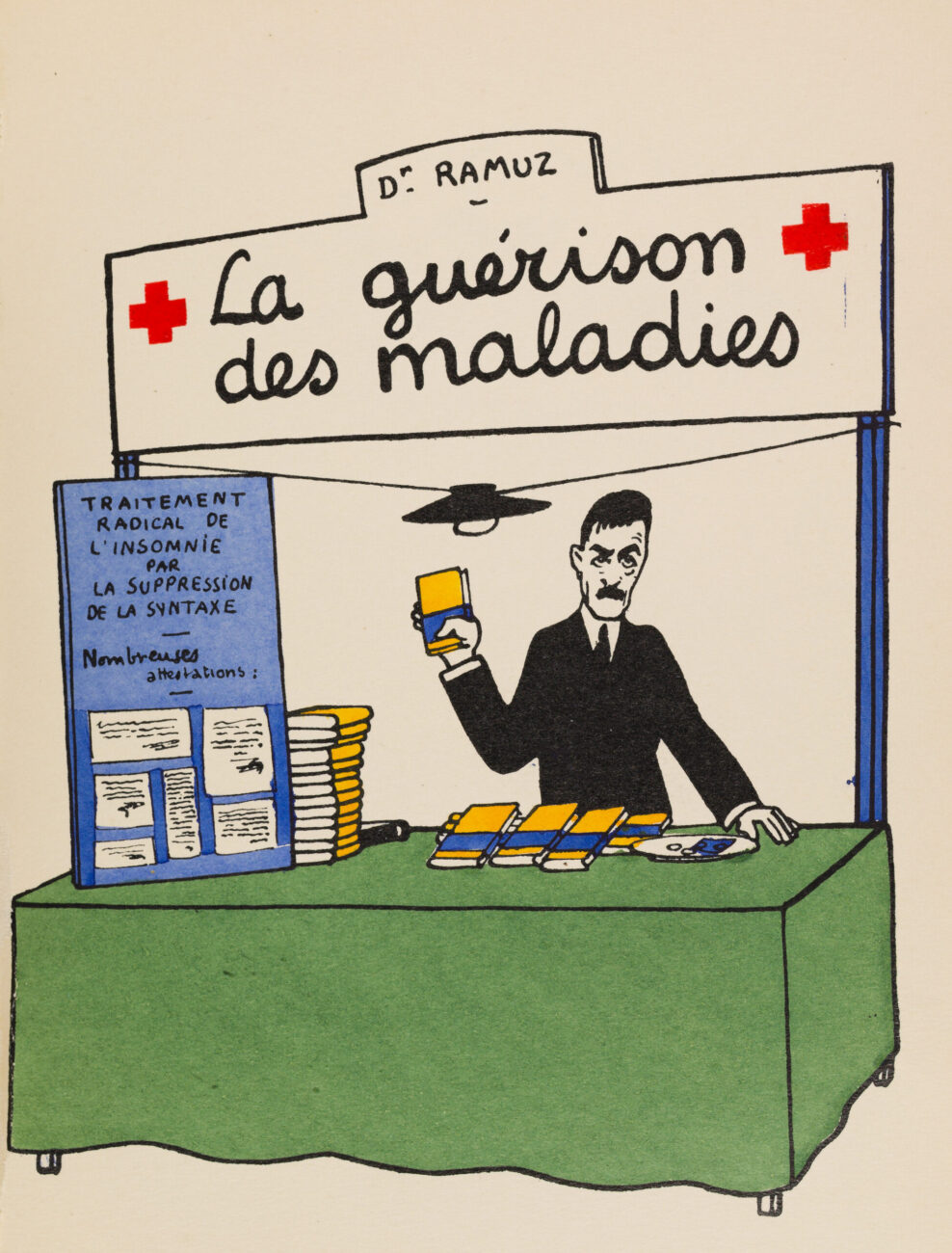Ramuz’s work was much debated, and his statements met with controversy and misunderstanding. The singularity of his style provoked a great deal of criticism and discussion. At the turn of the 1920s, Ramuz radicalized a style already characterized by syntactic rupture, repetition and anaphora. He moved away from continuous narration and approached his tales as a series of “tableaux” or “morceaux,” varying the verb tenses as well as focus. The result disconcerted certain readers, notably the ones who complained to the editors of the Gazette de Lausanne. In France, the publication of his novels La Guérison des maladies (1924), Joie dans le ciel (1925) and L’Amour du monde (1925) left some critics deeply perplexed, if not outraged. Yes, granted, these novels were lyrical, expressive, mystical, poetic and full of evocative images, but the writing was too incorrect and the construction too flawed. In 1926, Ramuz published La Grande Peur dans la montagne in the hope of calming the storm, and wrote essays in which he clarified his theory of the oral-based style. He now emerged as a theorist of language, and a precursor of “francophonie.”
« I’m not interested in the ‘twists and turns’ of the plot. Invention shouldn’t be in the subject; it should be in the way you render it.»
Journal, October 23, 1905
